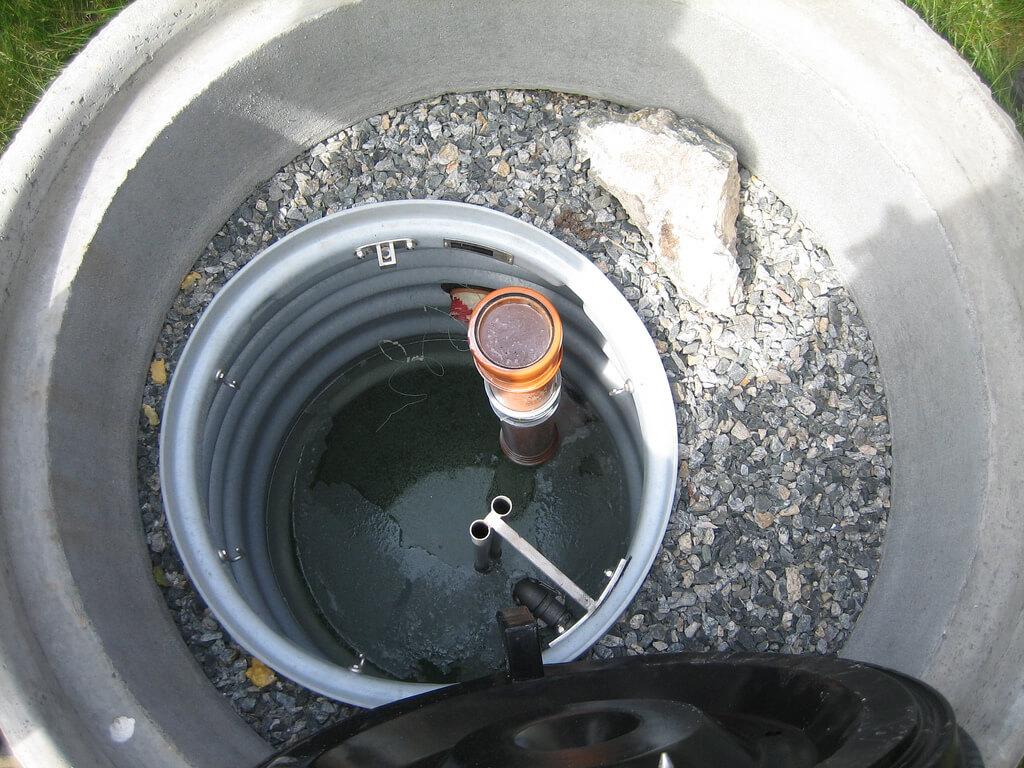Septic Tank Legislation – A Guide to the Changes
New septic tank legislation introduced on 1 January 2015 means thousands of households across the UK must upgrade or replace their septic tank treatment systems by 1 January 2020 or face a hefty fine. If you plan to sell your house before that date, you will have to ensure your septic tank meets the new septic tank regulation when the sale is made. With less than a year to go until the compliance deadline, here’s everything you need to know.
The key aspects of the changes
The new Environment Agency General Binding Rules dictate that septic tanks can no longer discharge into surface water such as a stream, drain, river, canal, surface water drain or any other type of watercourse. The aim of the regulation is to improve the quality of the water that flows into local watercourses. Systems that do discharge directly to surface water must be upgraded or replaced by 1 January 2020, or when you sell your property if it’s before that date. If your septic tank currently discharges into the watercourse, you will have to either:
- Replace the septic tank with a sewage treatment plant that has full BS EN 12566-3 Certification, or
- Upgrade the tank so that the discharge to the watercourse stops and is diverted to a drainfield. The upgraded system must meet British Standards as set out by BS 6297:2007.
Your treatment system must also meet the relevant British Standards that were in place at the time of installation. New systems – those installed after 1 January 2015 – must meet either:
- BS EN 12566 for small sewage treatment plans; or
- BS 6297:2007 for drainage fields
Existing systems, that’s those installed before 31 December 2014, met the British Standard at the time if:
- It has a CE mark
- It’s on British Water’s list of approved equipment
- Documentation that came with the tank has a certificate of compliance with a British Standard
If you’re unsure whether your system complies with British Standards, the company that carried out the installation should be able to help. If your septic tank was installed before 1983 (when there were no British Standards in place), you don’t have to do anything to meet this requirement.

What do the key terms mean?
The average homeowner will not know their septic tanks from their cesspools, so here’s a quick guide to the key terms to aid your understanding of this legislation.
Septic tank
– A septic tank is a watertight chamber, typically made of fibreglass or concrete, that’s buried underground. Wastewater from a property flows into the chamber through the sewage pipe. Over time, the solids form a sludge at the bottom of the tank. The remaining liquid then flows out of the chamber through an outlet pipe and soaks through the ground.
Soakaway system
– Soakaway systems are often used in conjunction with septic tanks to provide a wastewater solution. A soakaway system comprises of a hole in the ground that’s filled with rubble and coarse stones. It allows the wastewater to soak down into the earth so it can recharge the groundwater naturally.
Sewage treatment plant
– A sewage treatment plant is a much more sophisticated system that treats the wastewater so it can be released into surface water without damaging the watercourse. The water may also be released to a soakaway system for dispersal into the soil.
Cesspool
– A cesspool is an underground tank that collects and stores sewage and wastewater from a property. Unlike the other systems, there is no processing of the sewage at all. Instead, the cesspool fills up and must be emptied regularly to prevent overflowing, typically on a monthly basis.
What steps must you take to comply with the new septic tank regulations?
Your septic tank must be the correct size and installed correctly
Your septic tank must be large enough for the purpose and installed in accordance with the manufacturer’s installation specifications. If you install a new septic tank, you must discuss your requirements with the installer to make sure it’s the right size.
Your septic tank must be regularly emptied and maintained
The settled sludge from the septic tank must be removed before it exceeds the maximum capacity. That means the tank should be emptied once a year or in line with the manufacturer’s instructions. The company you use to empty the tank must be a registered waste carrier. The tank must also be repaired or replaced if faults such as cracked pipes, leaks, blocked pipes or drainage field problems are discovered.
When you sell your property
You must inform the new owner, in writing, that they are responsible for a septic tank discharge. That should include a full description of the septic tank and drainfield, its location and details of the maintenance required.
Your local septic tank maintenance experts
At Drain Doctor, you can leave all your septic tank maintenance to us. We can install new septic tank systems to ensure your compliance with the septic tank legislation and carry out regular maintenance and repairs. Get in touch to discuss your requirements with our team.

